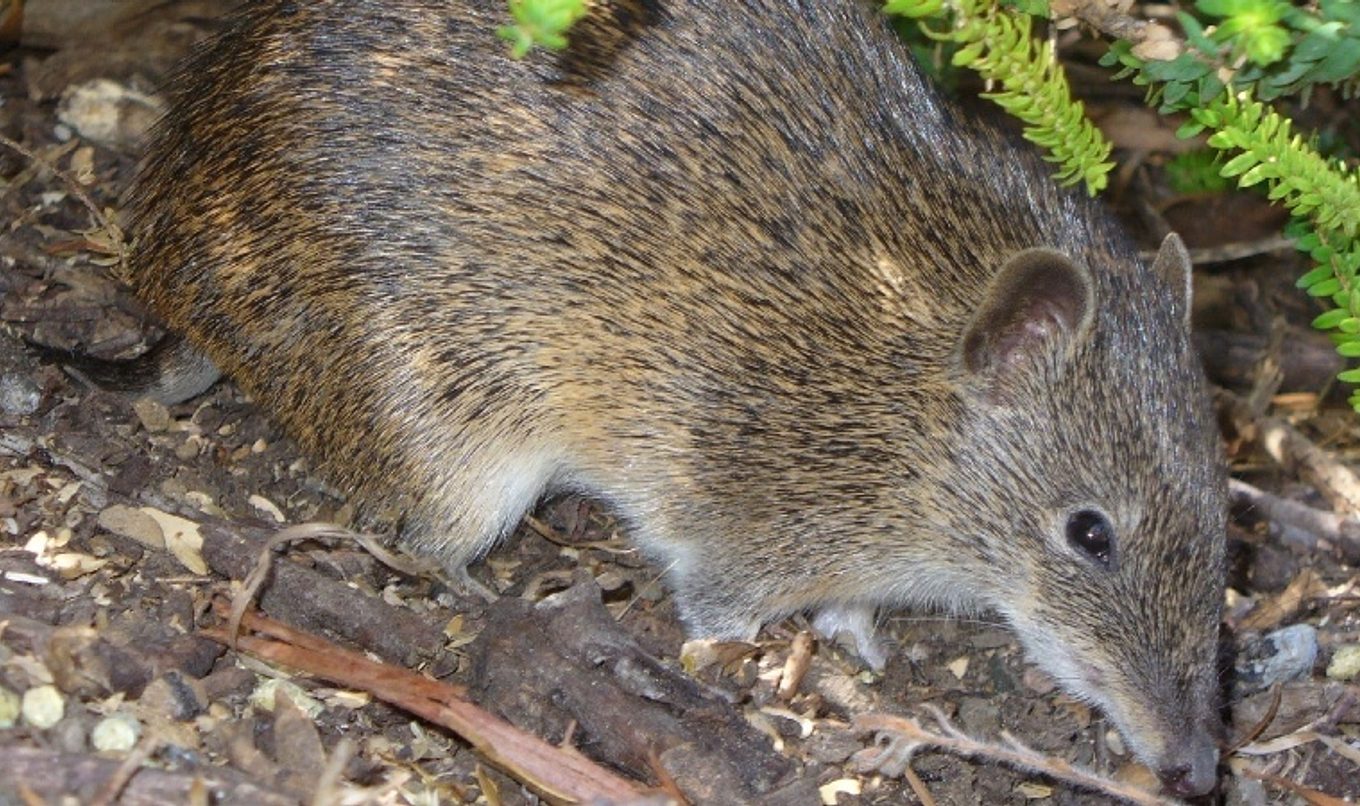New hope for Cherry Gardens bushfire threatened species
A number of South Australia’s threatened species will be tracked over the next three years following the January 2021 Cherry Gardens bushfire.

With 60% of the Mt Bold Reservoir – Scott Creek Conservation Complex remnant vegetation burnt during the fire, the new monitoring program will help Department for Environment and Water ecologists determine how the landscape is recovering, how threatened fauna species are responding, and inform fire management programs to ensure their future survival.
Department for Environment and Water Senior Ecologist for Nature Conservation, Randall Johnson, said the new monitoring project will provide ecologist with important information about habitat recovery and will help plan future prescribed burns in the area.
“The Mt Bold – Scott Creek remnant vegetation complex is one of the most important areas for the conservation of heathy ecosystems in the Mt Lofty Ranges, home to a range of priority threatened animals including the endangered Southern Brown Bandicoot and the endangered Mt Lofty Ranges subspecies of the Chestnut-rumped Heathwren,” he said.
“The monitoring project will use 69 motion detection cameras to monitor threatened Southern Brown Bandicoots, which will help determine how the threatened species is responding to such a significant fire event as well as increase understanding of how they are using the remaining unburnt areas.
“What we know from previous studies is that Bandicoots have a preference for newly regenerating heathland and that densities are at their highest in habitats five to seven years post-fire.
“The Chestnut-rumped Heathwren also appear to show a preference for recently burnt habitats based on previous post-fire surveys and comparisons with their pre-fire distributions in those habitats. We undertook a comprehensive pre-fire survey of Heathwrens in the complex along 34 monitoring transects in 2019/20, which will be repeated over the next few years. This provides a unique opportunity to understand how and when these threatened birds recolonise regenerating habitats.
“Evidence suggests that optimal habitat for these species is associated with areas recovering from fire within the preceding 3 to 25 years, however fire management needs to be carefully considered in landscapes that have experienced such a significant fire event.
“Despite the scale of the Cherry Gardens fire event, some heathy habitats in the Mount Bold – Scott Creek complex haven’t been burnt for a long time and are getting to the point that they no longer provide suitable habitat for these threatened species.
“Considering the impacts on habitat for these threatened species, and the need to undertake burning within the area to manage fuel loads and regenerate habitat for threatened species, the research will help us understand when key species reoccupy habitats impacted by the Cherry Gardens fire and how DEW can responsibly plan and carry out prescribed burns in future years.
National Threatened Species Day is held annually on 7 September to raise awareness about Australian plants and animals that are at risk of extinction in the wild. Learn more about some of South Australia’s lesser-known threatened species at https://www.environment.sa.gov.au/news-hub/news/articles/2019/09/threatened-species-day-lesser-known

